Quilty pleasures: the art of the blanket

Simply sign up to the Arts myFT Digest -- delivered directly to your inbox.
At style-laden Cotswolds boutique Cutter Brooks – amid the full-length dresses, John Derian découpage plates and chequered table linens – you’ll find a small selection of pristine American quilts. From a c1870 diamond design from Pennsylvania to a rare 1930s floral appliqué example, the intricate patterns are often passed down through generations and inventively pieced together from salvaged fabric scraps.
In the Alabama hamlet of Gee’s Bend, however, these patterns have been given a bold improvisational twist by the African-American community over the past 100 years. Their colourful “my way” quilts were championed in the 1990s by folk art collector William Arnett; when they were shown at the Whitney in 2002, a New York Times critic referred to them as “some of the most miraculous works of modern art America has produced”.
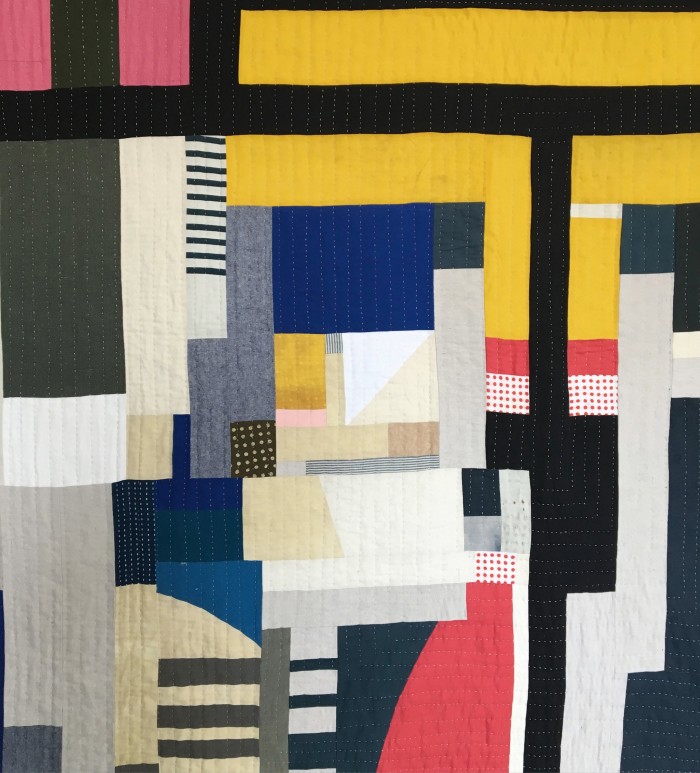
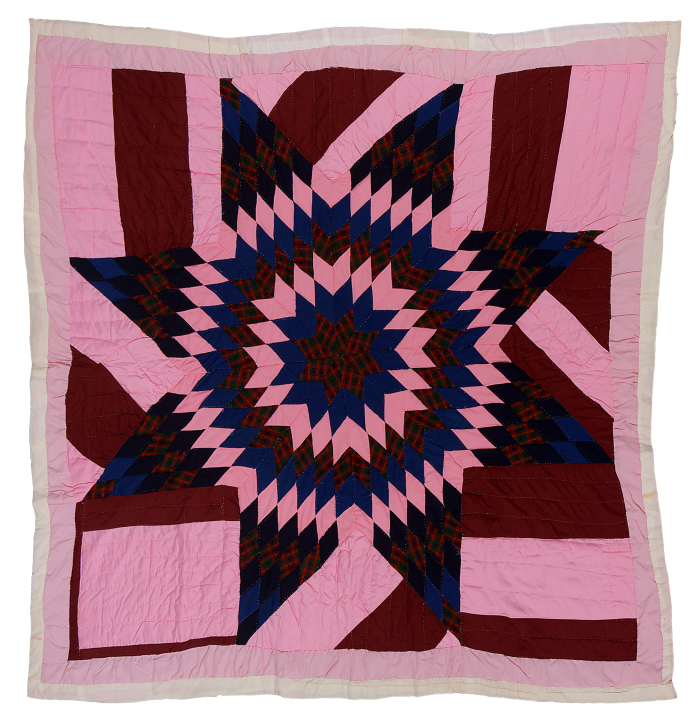
Today, the Metropolitan Museum of Art has about 20 Gee’s Bend quilts in its collection – from a c1950 Blocks-and-Strips design by Emma Lee Pettway Campbell, constructed from old work clothes, to a c1970 Bricklayer quilt by Linda Diane Bennett. “Each quiltmaker has their own individual style,” says gallerist Alison Jacques, who is showcasing Gee’s Bend pieces at her London space in November. “These women are amazing artists. They have also triumphed against the odds. Despite the history this community has been through over the generations, there is a sense of joy in their work. There are elements that speak to me from an art historical perspective – about abstraction, or pattern and geometry – but there’s also a spirituality to them. I’m hoping to do one of their quilting retreats.”
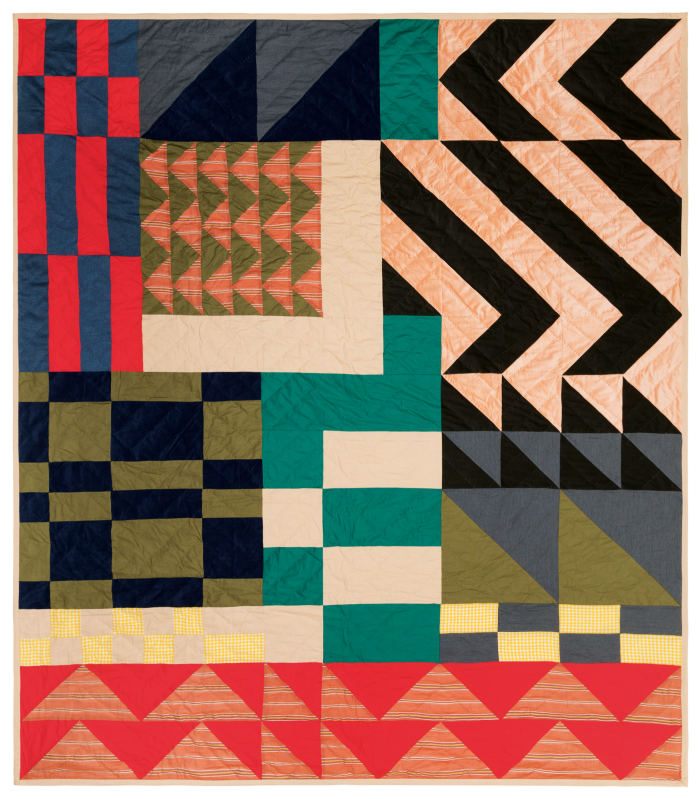
The Alison Jacques exhibition is part of a wider reappreciation of textiles as fine art. While established fibre-based artists such as Sheila Hicks are now commanding museum retrospectives, a new generation is continuing to break down boundaries. In the UK, artists Max Bainbridge and Abigail Booth founded Forest + Found in 2014 to “create work that explores dialogues between sculpture, painting and a new-found language of craft”. Their take on quilting is minimal, the fabric stretched on frames as canvases. London-based Christabel MacGreevy, meanwhile, has a more ad-hoc approach, translating her “manic mark-making” into quilts inspired by creation stories from Greek myths to the Big Bang. In LA, Adam Pogue’s hand-sewn patchwork pieces take the form of wall hangings but also curtains and cushions, inspired by the Korean technique of pojagi.

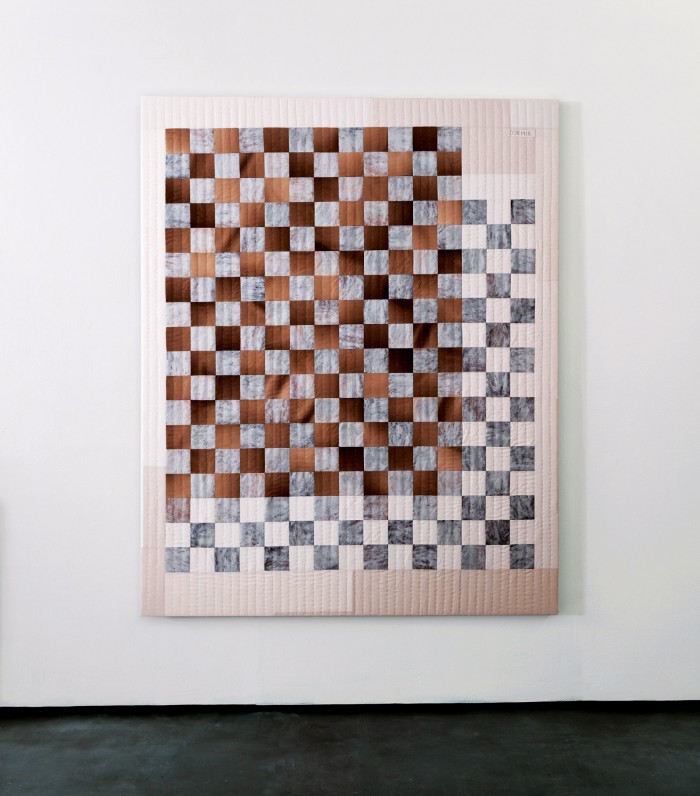
Pogue also adds his fabric patching to the workwear-influenced designs of unisex label Smock, highlighting the intertwined relationship of fashion and fabric art. This is also picked up by New York duo Sea, whose pre-fall collection features bright wheels of mish-mash fabrics against crisp white cotton, and Copenhagen store Holly Golightly, whose own-brand “modern heirloom” patchwork jackets in Liberty fabrics swiftly sold out.
For Parisian brand APC, however, fashion feeds back into homewares. Since 2009, it has turned its fabric remnants into limited-edition quilts and cushions. The pieces are produced in collaboration with Jamaican-born designer Jessica Ogden – who sent patchwork dresses down the London catwalks in the 1990s and pioneered the repurposing of pre-used textiles – bringing the trend pleasingly full-circle.
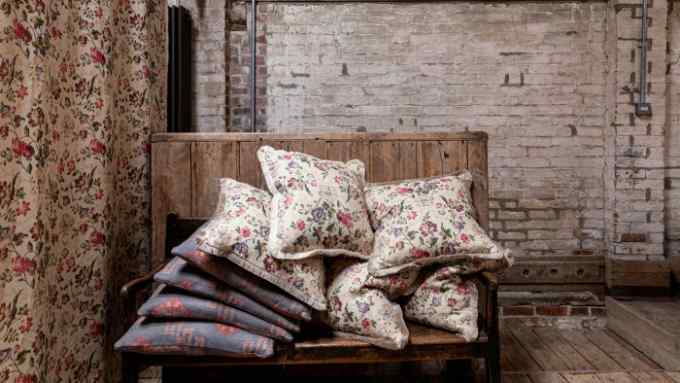
Comments